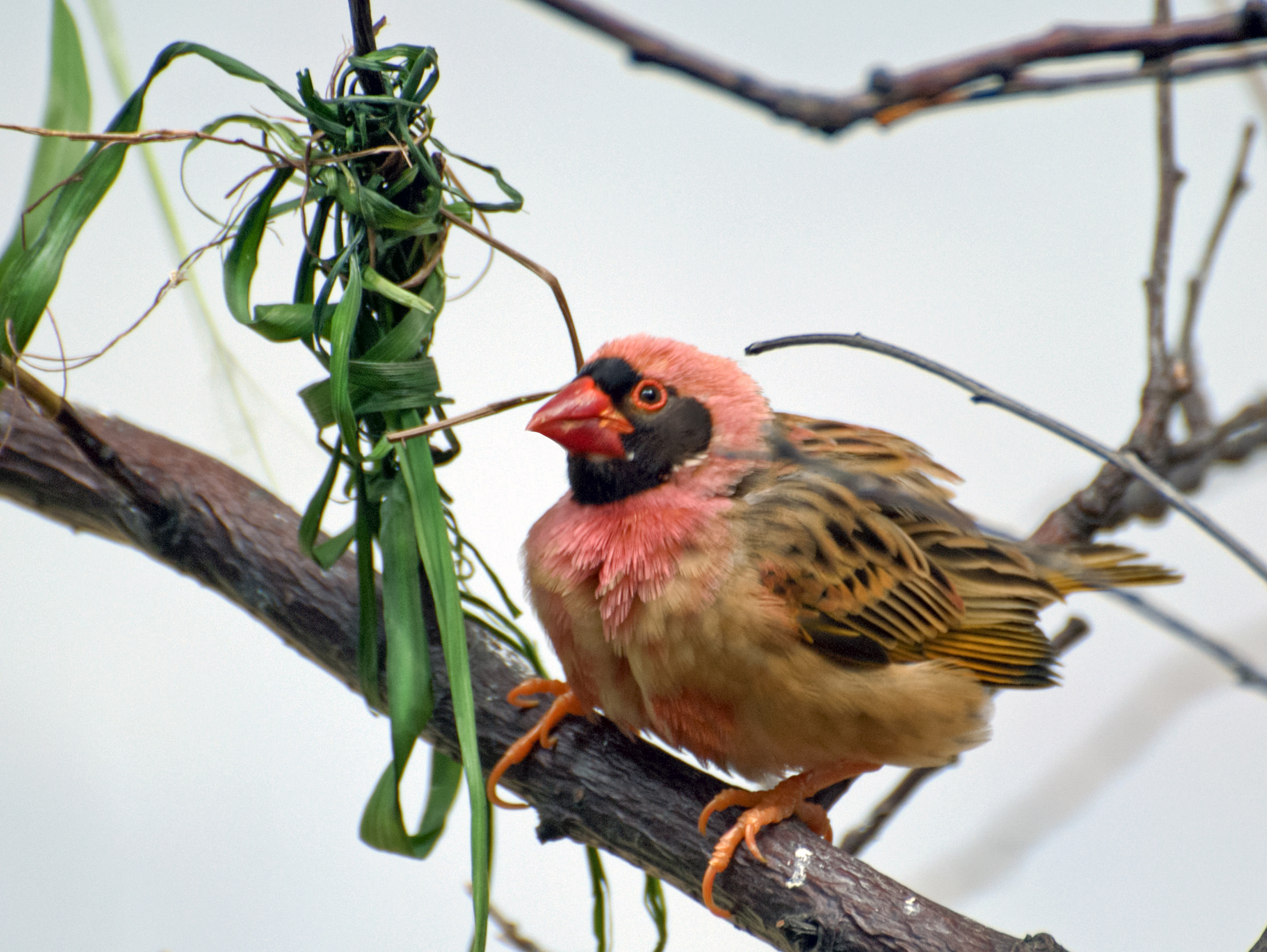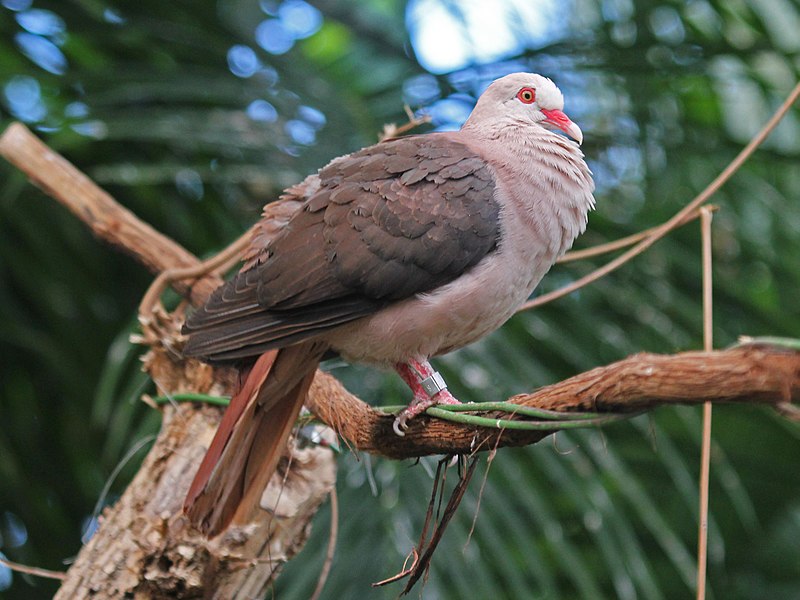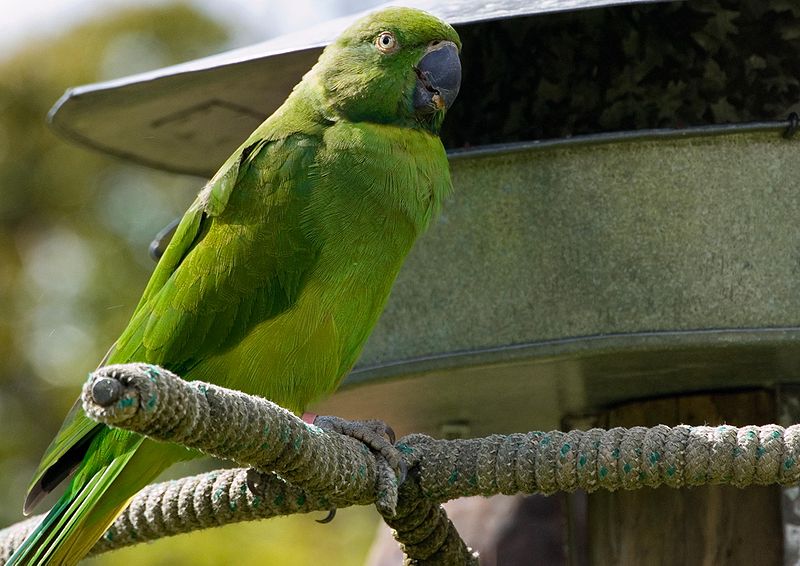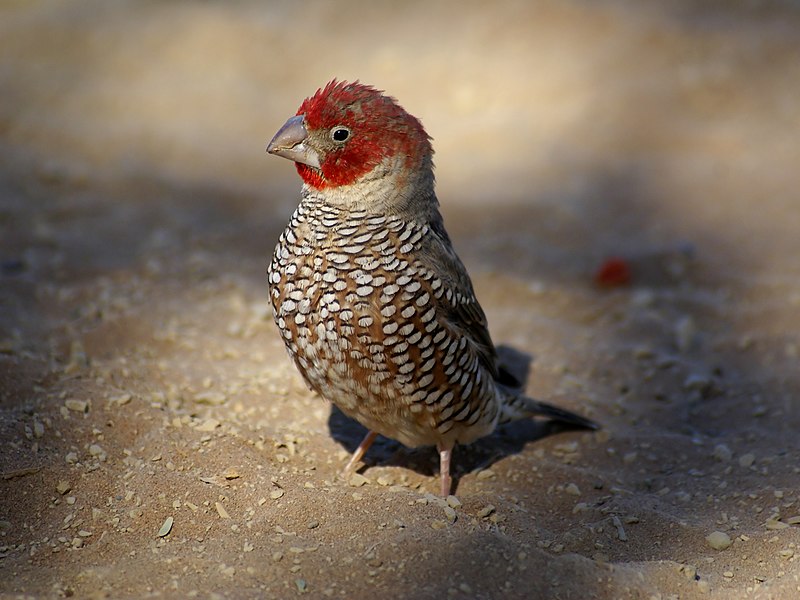 Although attracting less attention than European Starlings and other common birds, Red-Billed Queleas (Quelea quelea) outnumber them all. Yet despite being dubbed the “Locust Bird” for its habit of moving in flocks containing millions of individuals, this attractive African weaver is surprisingly difficult to breed in captivity.
Although attracting less attention than European Starlings and other common birds, Red-Billed Queleas (Quelea quelea) outnumber them all. Yet despite being dubbed the “Locust Bird” for its habit of moving in flocks containing millions of individuals, this attractive African weaver is surprisingly difficult to breed in captivity.
Description
Population size is not the Red-Billed Quelea’s sole unique characteristic. It is also the only bird in which males exhibit highly variable color patterns that are not designed to advertise their value as mates. In all other colorful, sexually-dimorphic species (those where males and females differ in appearance), color is used to express desirability to females (please see this Gouldian Finch article).
Some male Red-Billed Queleas vary so much from others that they appear to be of different species. The black or white facial mask is surrounded by feathers that may be colored red, orange, pink or various shades of each; the breast is often splashed with similar colors. Please see the article below for photos of several males…the effect of all this variation in a huge flock must be spectacular! Read More »
 That Bird Blog – Bird Care and History for Pet Birds
That Bird Blog – Bird Care and History for Pet Birds




